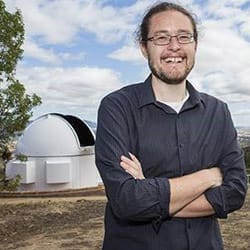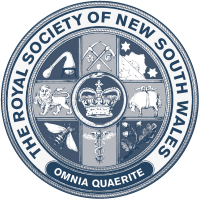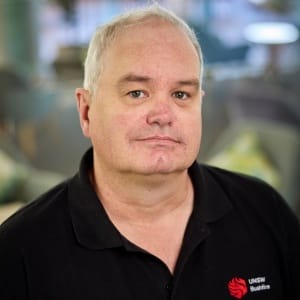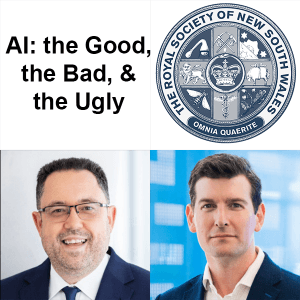 “Exploding Stars, Dark Energy, and the end of the Universe”
“Exploding Stars, Dark Energy, and the end of the Universe”
Dr Brad Tucker
Astronomer and Research Fellow
Research School of Astronomy and Astrophysics
Australia National University
Date: Thursday, 20 July 2020
Venue: Via email circulation
While pandemic restrictions on group activities prevail, the South Highlands Branch continues to send members information and summaries from our scheduled speakers.
Summary
We began with a bang 13.72 billion years ago and are surrounded by hundreds of billions of galaxies. Our knowledge of space–time has expanded greatly over the past century. Technology has allowed us to discover, explore and theorise about the mysteries of our universe at the very small and very large scale. Compounds, atoms and subatomic particles have been discovered. The mystery of dark matter and dark energy are perplexing us today.
Dr Tucker will take us through the brilliant explosions known as supernova and our understanding of the life of stars and what the Universe is made of and how its growing and accelerating due to dark energy. The Universe is growing away from us leaving us with our own Milky Way and our own black hole, the question is “ is this the end of our Universe?”.
Most stars end their lives in brilliant explosions known as supernovae. These massive bursts briefly outshine all the light from the galaxy wherein they occur. The past 15 years has been a “boom” period for supernovae with vast amounts of time and effort being invested in these objects. Not only are they important for understanding the life of stars, but they can be used use as cosmological probes to study what the Universe is made of and how it is growing. This use has shown that the Universe is accelerating in its expansion, the subject of the 2011 Nobel Prize, and is being caused by dark energy which will cause the end of the Universe. I will show how our understanding of these objects has been revolutionized using new techniques including the Kepler Space Telescope and what this means for the Universe.
Dr Tucker was due to present this lecture at the July meeting of the Southern Highlands Branch. In light of the current circumstances, this lecture has been replaced by a recordings of a recent presentations he has made:
Dr Brad Tucker is an Astrophysicist/Cosmologist, and currently a Research Fellow. at the Research School of Astronomy and Astrophysics, Mt. Stromlo Observatory at the Australian National University. He received Bachelor’s degrees in Physics, Philosophy, and Theology from the University of Notre Dame. He then undertook a PhD at Mt. Stromlo Observatory at the Australian National University, working with Nobel Laureate Professor Brian Schmidt. He is currently working on projects trying to discover the true nature of dark energy, the mysterious substance causing the accelerating expansion of the Universe, which makes up 70% of the Universe. He is the lead of the Kepler Extra-Galactic Survey, a program to understand why and how stars blow up. He is also leading a project to build a network of ultraviolet telescopes in the upper atmosphere, which are being built at Mt. Stromlo, a search for Planet 9, a proposed new planet in our Solar System, and also leading a group designing an Asteroid Mining Mission.
In addition to his research, Brad frequently gives talks to school groups and the general public about Astronomy and has regular segments on various radio and TV stations talking about astronomy news and events. Among other things, Brad has also developed a series of Astronomy Coins in conjunction with the Royal Australian Mint and has consulted on science fiction movies such as Alien: Covenant.
 “Exploding Stars, Dark Energy, and the end of the Universe”
“Exploding Stars, Dark Energy, and the end of the Universe”




